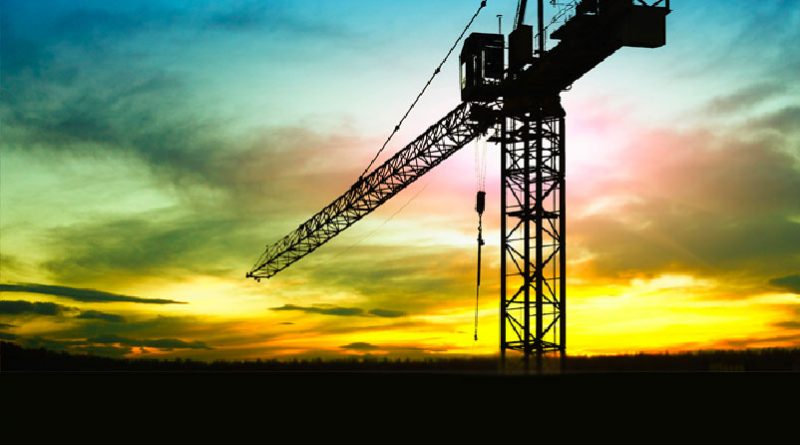Activity rises sharply again, but new order growth slows
Total Irish construction activity increased at a slightly faster pace in September. On the other hand, the rates of growth in new orders and employment both eased from August.
Rates of expansion remained sharp overall, however, signalling a positive end to the third quarter of the year. Companies remained strongly optimistic that the coming year would see continued increases in activity. The Ulster Bank Construction Purchasing Managers’ Index® (PMI®) – a seasonally adjusted index designed to track changes in total construction activity – rose slightly to 56.5 in September from August’s 29-month low of 55.1. Activity has now increased in each of the past 49 months, with a sharp expansion signalled at the end of the third quarter.
Commenting on the survey, Simon Barry, Chief Economist Republic of Ireland at Ulster Bank, noted that: “The latest results of the Ulster Bank Construction PMI survey show that construction activity reaccelerated in September, halting a three-month sequence of deceleration from the exceptionally rapid growth recorded in May. The sectoral breakdown reveals a mixed picture. Growth in Commercial activity picked up sharply, leaving it as the strongest performing category last month. Housing activity continued to grow strongly and at a pace similar to that recorded on average during the 2004-06 pre-crisis period, albeit that the pace of expansion moderated from August. Civil Engineering continued to underperform, recording a fourth consecutive monthly decline in activity, though the pace of contraction eased markedly last month.
“Employment and new business levels continued to rise solidly in September though at a somewhat slower pace than the very rapid rates recorded over the summer months. Looking ahead, construction firms remain upbeat about activity prospects, with almost 55% of respondents anticipating further activity growth in the coming twelve months. Positive sentiment reflected general expectations that demand for construction work would continue to improve, with the housing sector in particular cited as a source of strength.”
[rev_slider Surety]
Growth of commercial activity accelerates
Strong rises in activity were seen on both housing and commercial projects, with the rate of growth slightly faster in the latter. The increase in residential activity was the weakest in 22 months. Meanwhile, civil engineering activity continued to fall. That said, the latest contraction was modest and the weakest in the current four-month sequence of decline.
New order growth slows
Where total construction activity rose, panellists often linked this to higher new orders. New business increased sharply again in September, although the rate of expansion eased to a 16-month low.
Weakest rise in employment for a year

A marked slowdown in the rate of job creation was also recorded, with employment rising at the weakest pace for a year. That said, staffing levels continued to increase at a marked pace, with respondents linking hiring to rising activity requirements.
Inflationary pressures picked up with regards to the purchasing of inputs, with panellists mentioning higher costs for items such as metals. The price of cable was also reportedly higher, as a result of recent changes in regulations.
Purchasing activity continued to increase sharply, with the rate of expansion quickening from August. According to respondents, input buying was raised in line with higher new orders.
Rising demand for inputs, alongside issues with the supply of materials, resulted in a further lengthening of suppliers’ delivery times. Vendor performance deteriorated solidly, albeit to the least extent since last September.
Confidence among constructors remained strong, with close to 55% of panellists predicting a rise in output over the coming year. Positive sentiment mainly reflected improvements in market demand.
Simon Barry is Chief Economist Republic of Ireland Ulster Bank

